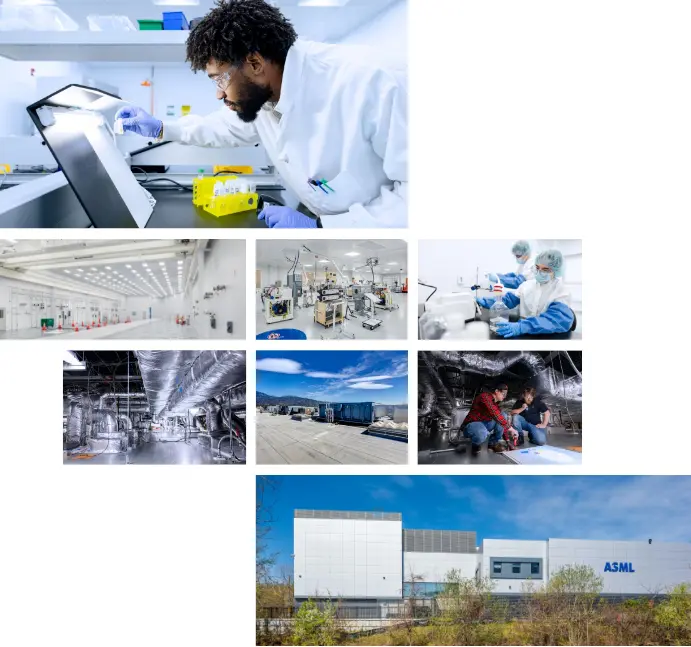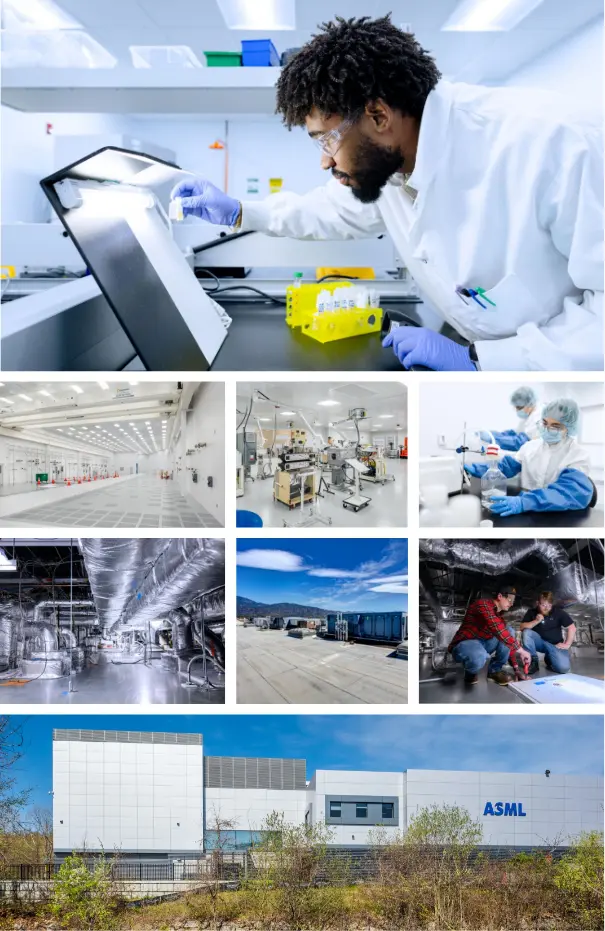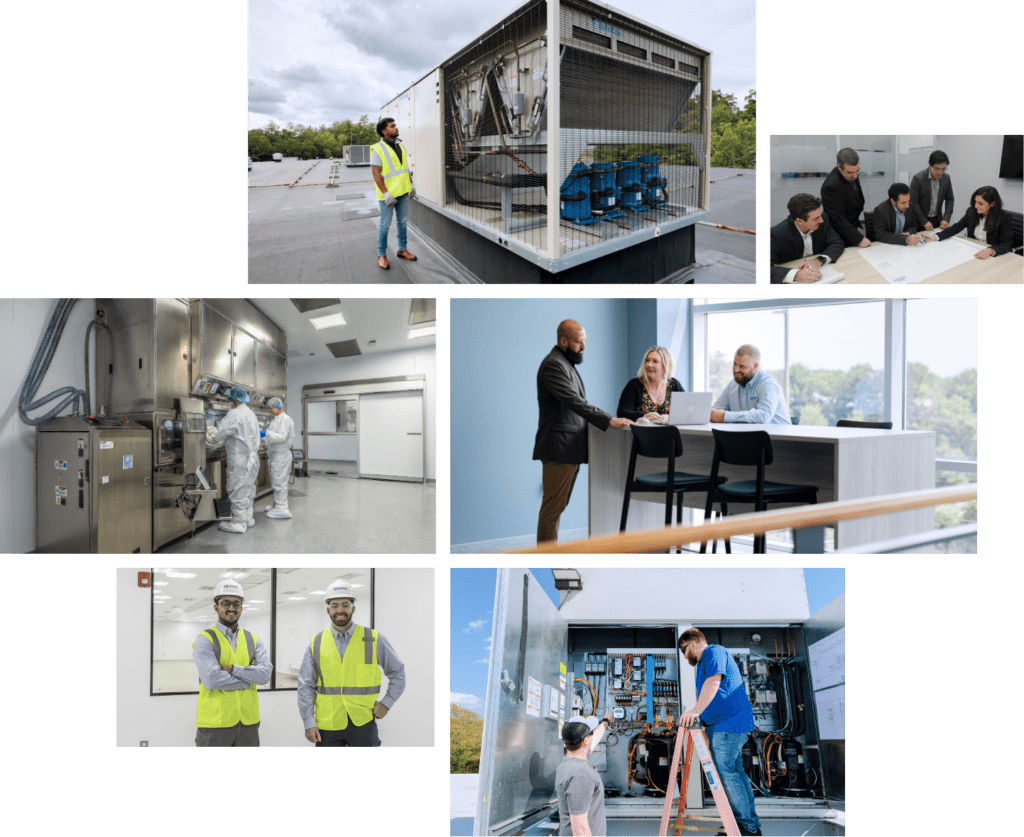The Full Lifecycle Partner
Hodess Cleanrooms We are North America’s leader in delivering Clean, Dry, & Environmental Rooms
At Hodess, our services are designed to support clients wherever they may be in their lifecycle: development, construction, or operational.
Our project management and leadership team consists of protocol and program experts, A/E design professionals, seasoned construction personnel, as well as cleaning, certifying, and testing specialists.


Who We Are Our difference is in the commitment we make to service your every need
No other national player can offer our seamless suite of services. Pick one or leverage all our offerings. We can be your single point of contact for reliable, end-to-end accountability, operability, and output.
- Design & Engineering
- Construction
- Training & Certification
- Protocol management
- Continuous Support
- Conversion & Retrofit
Count on us, the complete cleanroom company. The less you have to worry about your cleanroom, the more you can focus on your work. You can count on Hodess, the complete cleanroom company.
Our Work The Future is Invented in Hodess Cleanrooms
We operate in some of the most transformational sectors of our economy, and in the very newest, emergent technologies.
-
Battery
-
Biotechnology
-
Defense
-
Medical Device
-
Pharmaceutical
-
Semiconductor
-
Solar
World-changing Clients Include:
Who We Are Unparalleled Experience & Expertise
Our team is about cleanrooms, dryrooms and other critical environments, exclusively. Our people’s full lifecycle expertise and multi-sector fluency means we can draw from myriad systems and materials for unique insights to apply to your project. And our lengthy tenure in the business pays dividends every day in the consistent quality of our work. That’s how we’ve grown our company over the years into a collection of companies and people that serve the entire gamut of the facility lifecycle.

Work With Us Our Promises Are Kept by Our People
That's why we’re the North American market leader. We have highly trained and motivated people who are accustomed to working in controlled environments and to the most exacting specifications every single day. And as we grow, we’re always looking for more of them! As we’re continually setting higher goals and benchmarks, we’re actively seeking new team members across our portfolio.